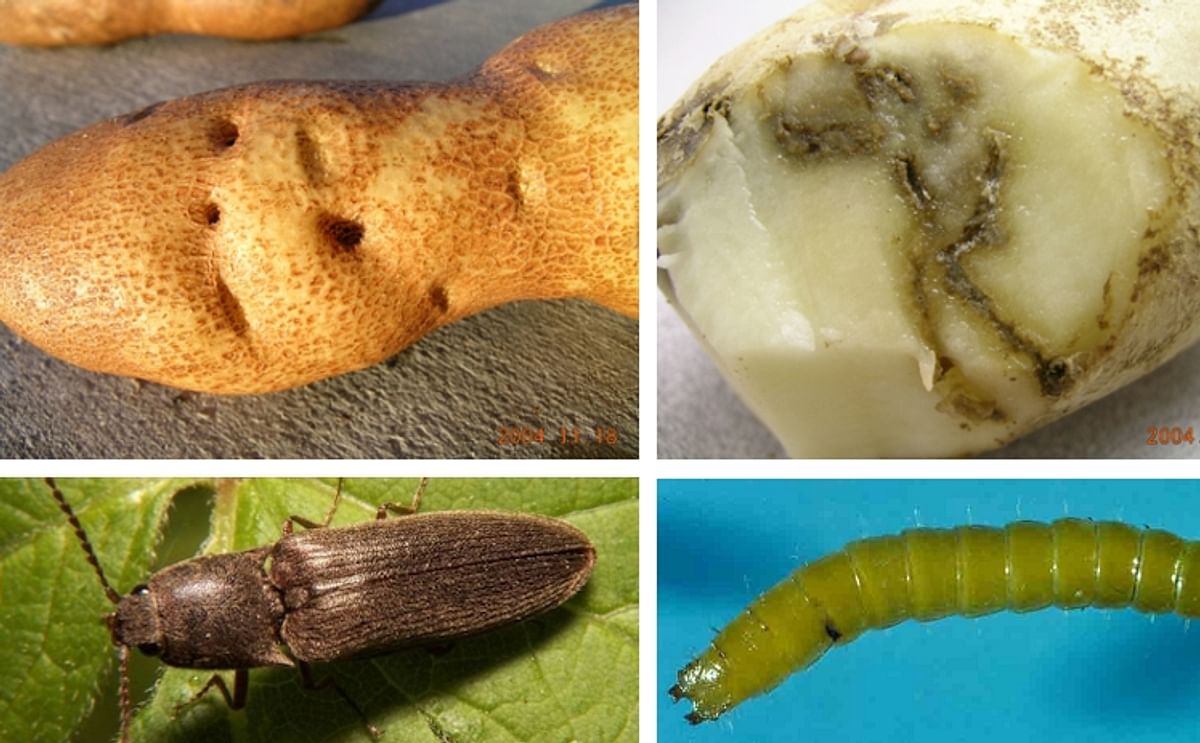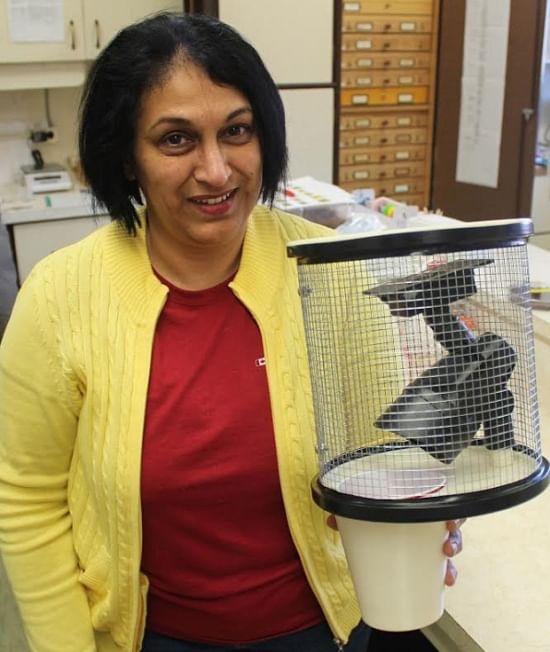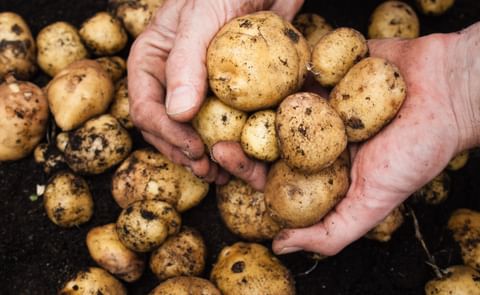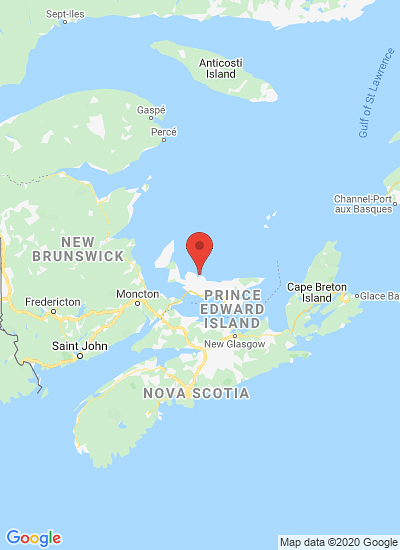Wireworms cause damage to potato tubers due to feeding (Courtesy: Washington State Potato Commission) Top left: typical damage caused by early season feeding by wireworms. Top right: typical damage caused by feeding immediately prior to harvest. Right bottom: Mature wireworm (Courtesy: AAFC) Left bottom: Adult stage of the wireworms: click beetles (Courtesy Cirrusimage)
AAFC invented wireworm trap 'could be a major breakthrough'

A wireworm trap invented at Agriculture and Agri-Food Canada (AAFC) on Prince Edward Island 'could be a major breakthrough'.
The trap was presented to farmers on Monday 14 March at an information session and although farmers don't think it will be the complete answer to their wireworm problems, it is seen as a step in the right direction.
The trap is called the Noronha Elaterid Light Trap, or NELT, and was designed by Agriculture Canada Entomologist Christine Noronha in P.E.I.
Shining a small solar-powered spotlight into a plastic cup set into the ground proved to attract and drown hundreds of female click beetles, which give birth to thousands of potato-munching wireworms.

Agriculture Canada Entomologist Christine Noronha with the NELT wireworm trap. (Courtesy: Agriculture and Agri-Food Canada)
"It's like another tool in our box."Wireworms (Elateridae) have spread and evolved to become public potato enemy number one in the last few years, causing more than $6 million in damage to the Island's potato crop alone, so Docherty said he's sure farmers will jump on board and start using the traps as soon as possible.
"It's not going to be the complete answer, but it's certainly going to be a start."
Christine Noronha, Entomologist Agriculture Canada:
"The manufacturing [of the traps] is a year away," she said, but pointed out the design is so simple and cheap, farmers can make their own right away. She estimates the cost of one trap at about $12.The click beetle has a five-year life cycle, she points out, so the more quickly it's interrupted, the sooner the source population can be reduced.
"The reason why I released the information to the farmers now, before we have the actual traps ready for them, is the populations are so high, and if we don't start now, we're going to lose a year of trapping."
Noronha plans to continue her research the next couple of years, looking at how many traps farmers might need per field and the reach of each trap.
The insects dig holes in potatoes as they grow, making them unfit for sale. They're a problem across the country, although worst in P.E.I., Alberta and B.C. according to the PEI Potato Board.








